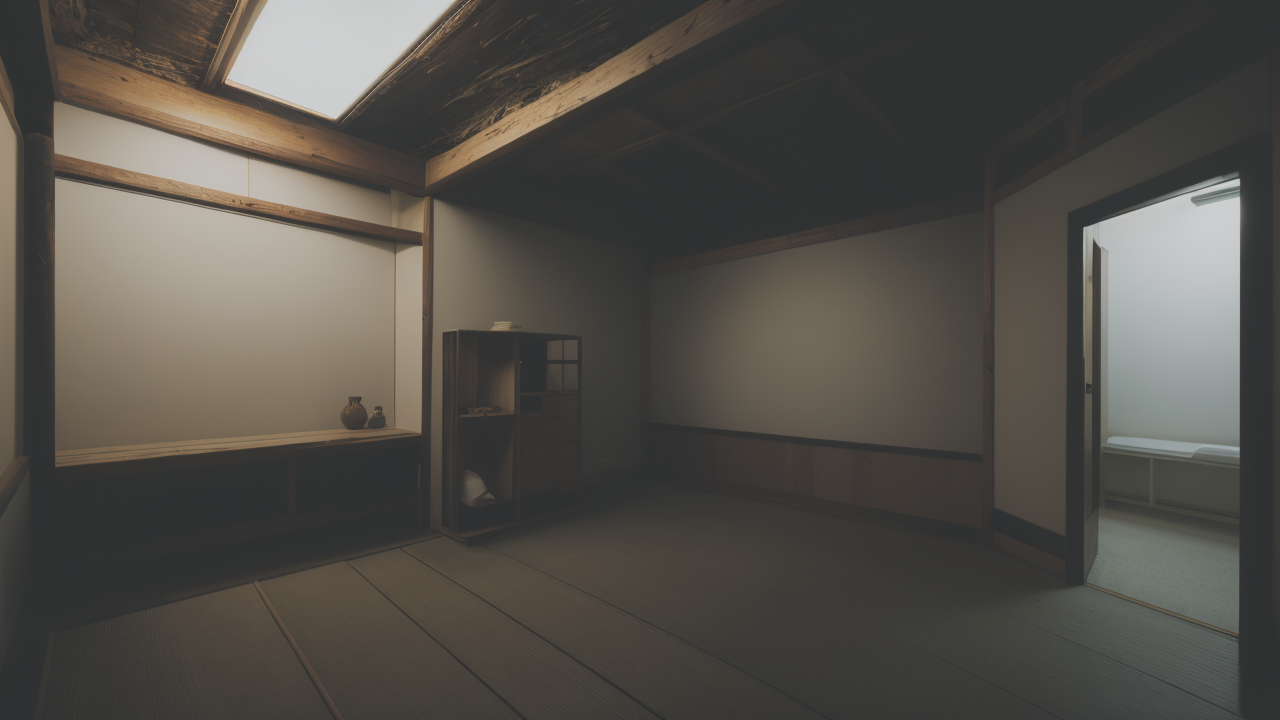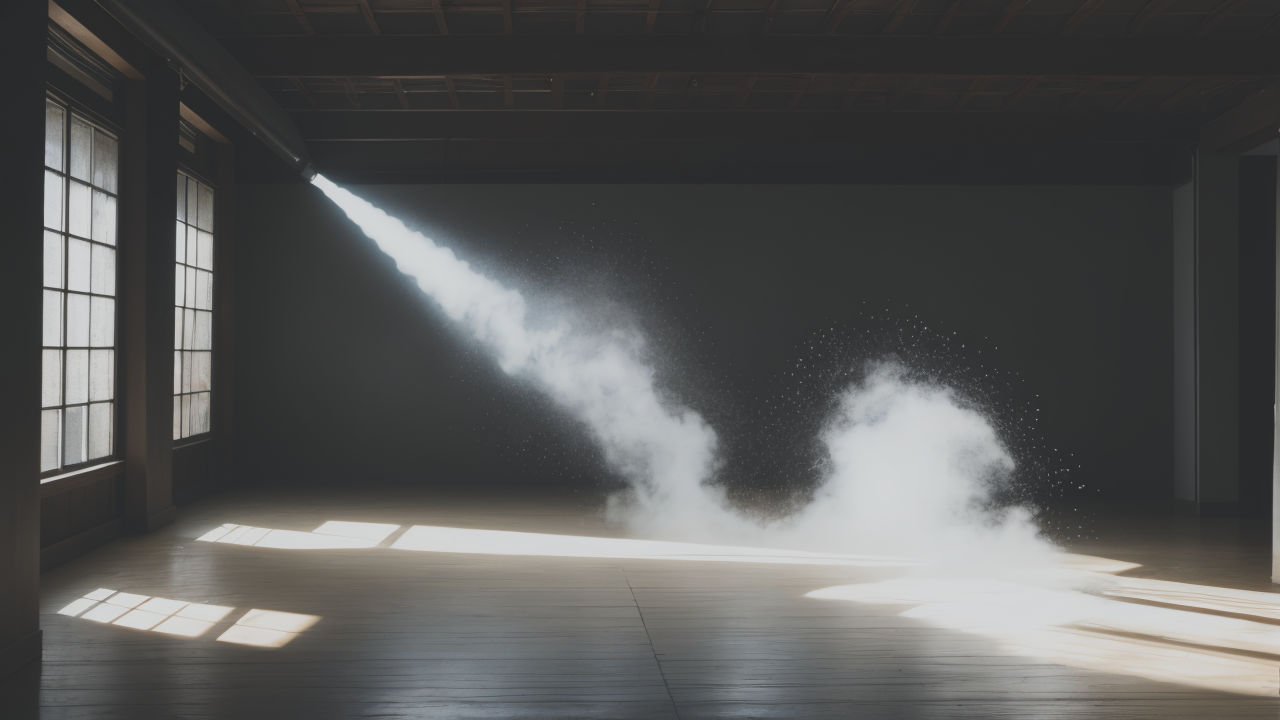
The Ultimate Guide to Using Plaster in Fine Art: Techniques and Tips
Unveiling the Wabisabi Art Movement: Origins and Significance
The History of Wabisabi in Art
Wabi-sabi art has deep roots in Japanese culture. It emerged from Zen Buddhism in the 15th century. The concept values simplicity, imperfection, and the passage of time. Wabi-sabi art embraces natural materials and processes. It finds beauty in things that are worn, weathered, and imperfect. Over time, this philosophy spread beyond Japan. It influenced various art forms around the world. Today, wabi-sabi principles are seen in pottery, painting, and sculpture. Artists use raw materials and minimalist approaches. They create works that reflect the beauty of impermanence.

The Core Philosophy of Wabi-Sabi
Wabi-sabi is based on three key ideas. Nothing lasts, nothing is finished, and nothing is perfect. It celebrates the beauty of impermanence and incompleteness. Wabi-sabi art often features asymmetry, roughness, and simplicity. It embraces natural textures and processes. The philosophy encourages mindfulness and acceptance. It invites us to find beauty in the ordinary and overlooked. Wabi-sabi art often evokes a sense of calm and connection to nature. It reminds us of the cycles of life and the passage of time. The style encourages a more thoughtful approach to art and life.
The Role of Wabi-Sabi in Modern Art
In modern art, wabi-sabi has gained significant popularity. Artists use it to challenge traditional ideas of beauty. Wabi-sabi inspires minimalist and abstract art movements. It influences eco-art and installations using natural materials. Many contemporary artists incorporate wabi-sabi principles. They create pieces that reflect aging and imperfection. Wabi-sabi art often contrasts with mass-produced, polished objects. It reminds viewers of the beauty in natural processes. The style has also influenced architecture and design. It promotes sustainable and mindful approaches to creation.
Key Art Supplies for Mastering Wabisabi Techniques
The Best Plaster Art Kits for Wabisabi Creations
For wabi-sabi plaster art, several kits are ideal:

- Natural Plaster Starter Kit: Contains raw plaster and mixing tools.
- Eco-Friendly Texture Kit: Includes materials for organic textures.
- Wabi-Sabi Patina Set: Offers tools for aged, weathered finishes.
- Minimalist Plaster Sculpting Kit: Features simple tools for asymmetrical forms.
- Earth Pigment Collection: Provides natural colors for authentic aesthetics.
These kits often include brushes, trowels, and spatulas. They may also contain natural additives like sand or straw. Look for kits with eco-friendly packaging. Choose those with sustainably sourced materials. Some kits offer instruction guides for wabi-sabi techniques.
Tools and Materials That Evoke Wabi-Sabi Aesthetics
To create authentic wabi-sabi textures, consider these tools and materials:
- Natural fiber brushes
- Wooden or bamboo sculpting tools
- Recycled containers for mixing
- Handmade paper for texture impressions
- Found objects from nature (leaves, twigs, stones)
- Organic additives (coffee grounds, tea leaves, sawdust)
- Rust-based patinas
- Natural sponges
- Textured fabrics (burlap, linen)
- Unrefined clay or soil
These items help create unique, imperfect surfaces. They add depth to plaster artworks. Using these tools allows for spontaneous, organic results. They align well with wabi-sabi philosophy. Experiment with different combinations for varied effects.
Techniques and Tips for Using Wabisabi Materials
When working with wabi-sabi materials, embrace imperfection. Experiment with different plaster consistencies. Mix natural pigments into wet plaster for subtle colors. Use found objects to create impressions or textures. Allow cracks to form naturally as the plaster dries. Layer different materials to create depth and interest. Embrace asymmetry in your compositions. Use patinas to age surfaces artificially. Let natural elements affect your work over time. Remember, wabi-sabi art is about process as much as result. Don't aim for perfection; instead, celebrate the unique and imperfect. Try incorporating local, natural materials into your work.
Case Studies and Expert Insights
Renowned Artists Specializing in Wabisabi Techniques
Several contemporary artists are known for wabi-sabi inspired works:

- Axel Vervoordt: Belgian designer known for wabi-sabi interiors.
- Kintsugi artists: Japanese artisans who repair pottery with gold.
- Andy Goldsworthy: British sculptor creating ephemeral natural works.
- Toshiko Takaezu: American ceramic artist embodying wabi-sabi principles.
- Leonard Koren: Author and artist writing on wabi-sabi aesthetics.
These artists show how wabi-sabi applies to various mediums. They inspire others to find beauty in imperfection. Their work often features natural materials and processes. Many collaborate with nature in their creations. They encourage viewers to slow down and observe closely.
How Wabisabi Art Influences Contemporary American Art
Wabi-sabi has greatly impacted contemporary American art. It has inspired minimalist and abstract expressionist movements. Many American artists use wabi-sabi principles. They incorporate natural materials and embrace imperfections. Wabi-sabi influences appear in installations, sculptures, and paintings. It has also affected architecture and interior design. The philosophy aligns with growing interest in sustainability. Wabi-sabi encourages American artists to appreciate natural processes. It offers an alternative to polished, mass-produced aesthetics. Many artists use it to comment on consumerism and fast-paced lifestyles.
Workshops and Resources for Aspiring Wabisabi Artists in the US
For those interested in exploring wabi-sabi art, several resources are available:
- Art centers offering wabi-sabi inspired workshops
- Online courses on Japanese aesthetics
- Ceramic studios teaching kintsugi techniques
- Nature art retreats focusing on ephemeral creations
- Books on wabi-sabi philosophy and art application
- Museums with exhibitions featuring wabi-sabi influenced works
- Artist residencies emphasizing natural materials
- Community gardens hosting eco-art workshops
- Local art supply stores offering classes on natural pigments
- Online forums and social media groups for wabi-sabi artists
These resources provide hands-on experience and knowledge. They help artists incorporate wabi-sabi principles. Many offer chances to connect with like-minded creators. Some focus on specific techniques like kintsugi or natural dyeing. Others explore the broader philosophy of wabi-sabi. Look for opportunities in your local area or online communities.


